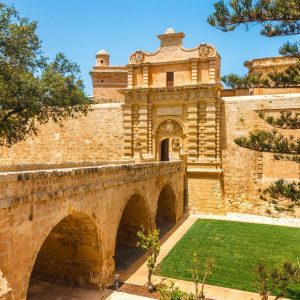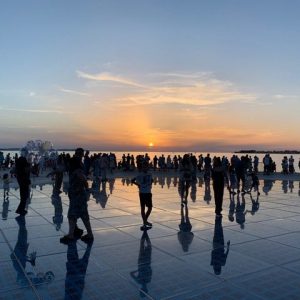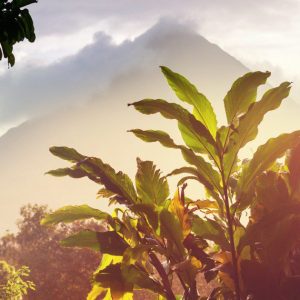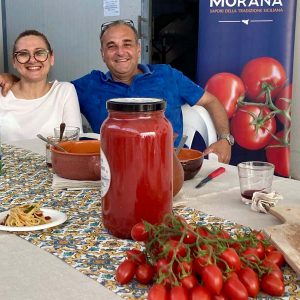The Baker and the Berber
Spare a thought for the poor baker in the Souq, who stands for hours tending his creations in front of an open oven. It’s 37C outside but I couldn’t get within 3 feet of the oven without being driven back by the intense heat. Word has it that it can get to well over 50C where he stands, baking the bread, biscuits or even a chicken brought in for him to roast. Whatever he charges, it’s not nearly enough, I’m in awe.
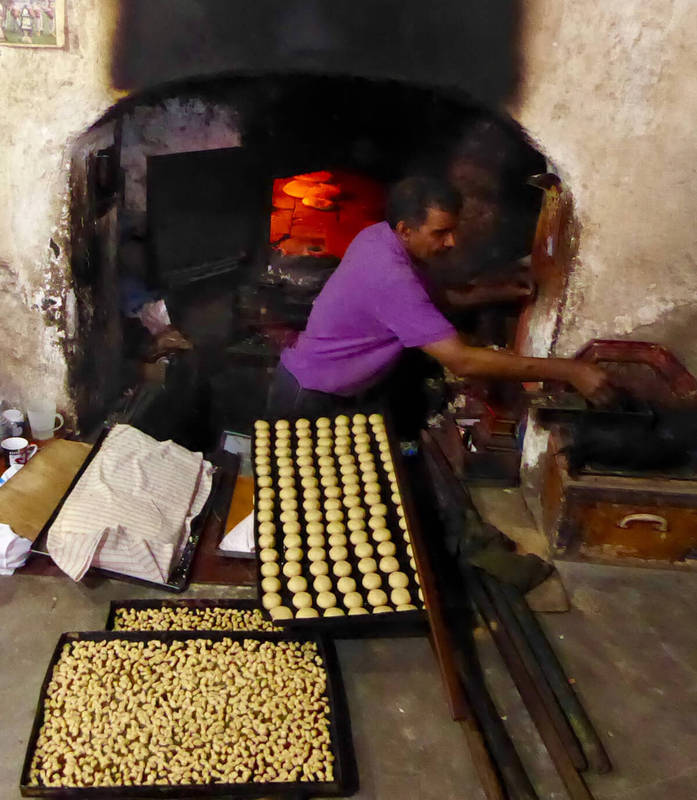 Inside the Medina is truly a heady blend of the old and the modern. One of the endless 3x2m shops has a fridge packed with chilled bottles (but we fall back on our flasks, reducing plastic waste one bottle at a time), meanwhile a donkey waits patiently for its carts to be loaded with rubble. Then, whilst admiring the kaleidoscope of colours from handcrafted woollen rugs, painted plates and tajines, we dodge the multitude of mopeds that weave through the cramped lanes (and dive away from a speeding youth on a Kawasaki – fortunately rare). When our eyes could feast no more on the seemingly endless displays of shoes, bags, lanterns and locks (the blacksmith is another hero to the heat), we closed them and took in the heady aromas from the herbs, spices and other smells that permeate the souqs. The broadest smile was from the hawker of fresh mint, sitting in an oasis of minty freshness.
Inside the Medina is truly a heady blend of the old and the modern. One of the endless 3x2m shops has a fridge packed with chilled bottles (but we fall back on our flasks, reducing plastic waste one bottle at a time), meanwhile a donkey waits patiently for its carts to be loaded with rubble. Then, whilst admiring the kaleidoscope of colours from handcrafted woollen rugs, painted plates and tajines, we dodge the multitude of mopeds that weave through the cramped lanes (and dive away from a speeding youth on a Kawasaki – fortunately rare). When our eyes could feast no more on the seemingly endless displays of shoes, bags, lanterns and locks (the blacksmith is another hero to the heat), we closed them and took in the heady aromas from the herbs, spices and other smells that permeate the souqs. The broadest smile was from the hawker of fresh mint, sitting in an oasis of minty freshness.
We escaped the atmospheric chaos of the souqs onto Djemaa el-Fna, eagerly anticipating an array of street artists in Marrakesh’s main plaza but (perhaps it was the late afternoon heat) we were sadly disappointed by the scarcity of performers and what was there was an animal lovers’ nightmare. Snakes mesmerised by the traditional flute but being unceremoniously dumped around a tourist’s neck, whilst monkeys were dragged on leashes towards the next photo opportunity. One side of the plaza is lined by horses and traps with no shade from the intense heat or water to drink and whilst (to be fair) some looked in good health, others looked underfed and on their last legs.
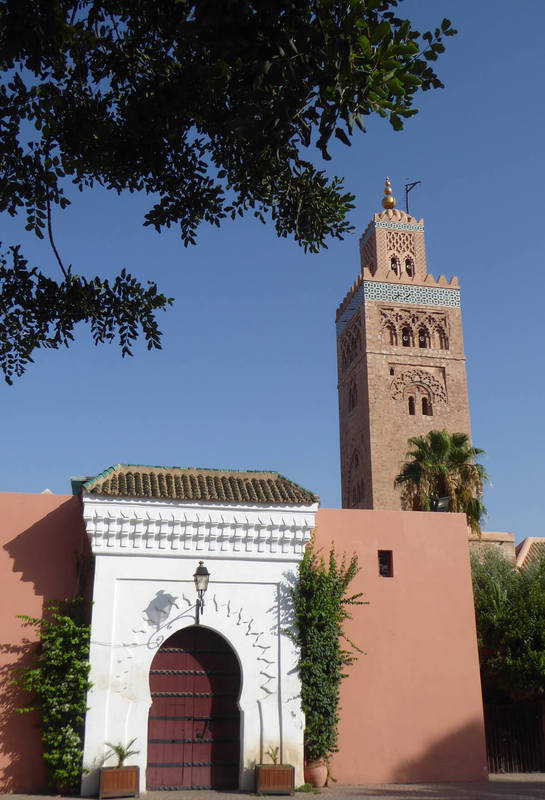 We hurried on in the direction of the impressive Koutoubia Mosque, an iconic landmark inside the 19Km of thick walls that surround the Medina, which sadly only allows Muslims to enter. Our guide (in a blue robe in honour of his Taureg heritage, the legendary Blue Men of the desert) tells us that inside of the impressive 12th century Mosque there are only ramps rather than steps. Perhaps an insightful inclusion by the architect to ensure it was accessible for any mobility. Well, yes, but initially it was built like this with the muezzin in mind. Long before modern technology allowed him to issue the 5 times daily call to prayers by microphone on the ground, he would ride his donkey up the ramps to the top of the 70m high tower to make the call. Our guide also told us that he likes the blue robe because it hides the dirt and he needs only wash it once a year, but I’m hoping that was another of his jokes.
We hurried on in the direction of the impressive Koutoubia Mosque, an iconic landmark inside the 19Km of thick walls that surround the Medina, which sadly only allows Muslims to enter. Our guide (in a blue robe in honour of his Taureg heritage, the legendary Blue Men of the desert) tells us that inside of the impressive 12th century Mosque there are only ramps rather than steps. Perhaps an insightful inclusion by the architect to ensure it was accessible for any mobility. Well, yes, but initially it was built like this with the muezzin in mind. Long before modern technology allowed him to issue the 5 times daily call to prayers by microphone on the ground, he would ride his donkey up the ramps to the top of the 70m high tower to make the call. Our guide also told us that he likes the blue robe because it hides the dirt and he needs only wash it once a year, but I’m hoping that was another of his jokes.
Which brings me to an important point/tip. Whilst there is no doubt that Marrakesh is entirely navigable by visitors and getting lost in the atmospheric souqs is part of the fun, so much of the nuances and history would be lost without the assistance of a knowledgeable guide. It also greatly cuts down the amount of good natured but wearing pestering by individuals plying their goods or offering their services. The magnificent Bahia Palace, which Grand Vizier Si Moussa began in the 1860s, is an example off the need for a guide. There is very little English information and without a guide to explain the Riads, meanings behind the decorative colours used, the use as a harem etc., much of the appreciation would be lost. A private guide would also help you tailor the visit to suit your preferences, be it visits to art galleries, museums or the secret garden. Do get them to take you to and explain the history of the Caravanserai. There are a fair number still available to see within the Medina and it’s interesting to see the ‘pre hotel’ rooming houses of historical Marrakesh.
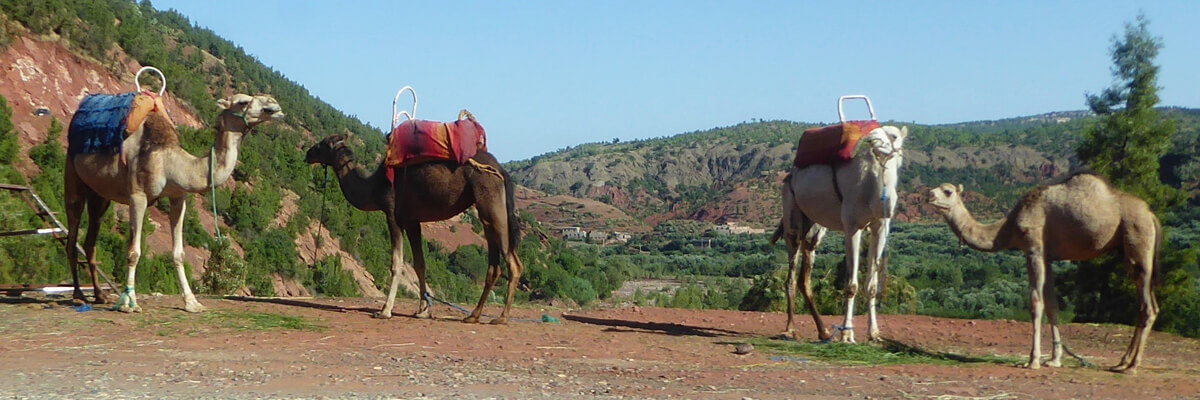
All that the city has to offer is set to a backdrop of the Atlas Mountains. North Africa’s highest mountain range runs some 1,000km diagonally across Morocco and unless you have the time and energy to trek the various trails, a 4X4 escorted tour allows you a glimpse. Our group trip included lunch overlooking the highest peak in the range and also sharing mint tea with a Berber family (in all honesty a bit of a tourist gimmick but an opportunity for the guide to explain some of their history). It’s strange that the term Berber is being revitalised by the Berber Pride movement, when it was given to them by the Romans but meant barbarian.
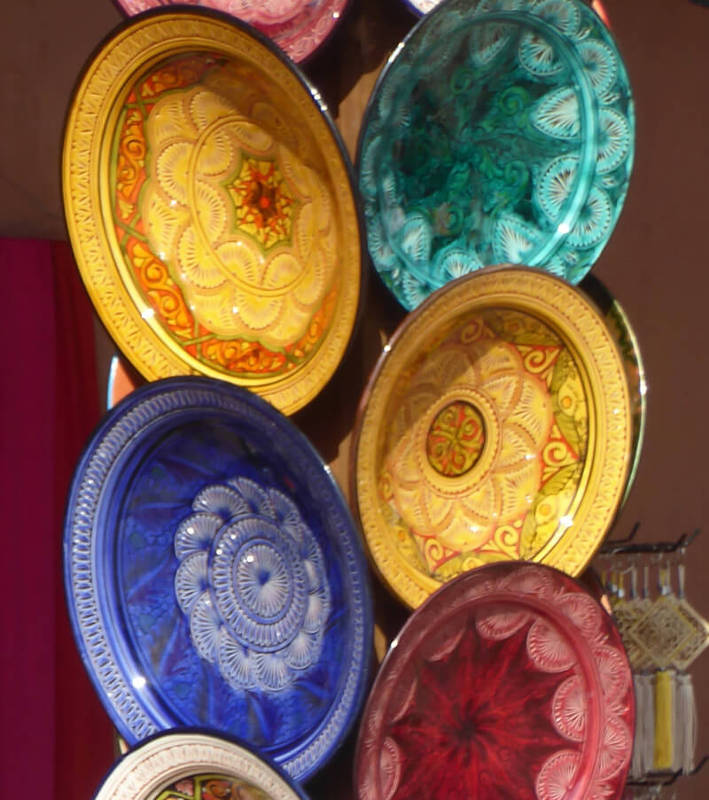 Even more surprising when we were told that the Berber village folk actually prefer the term Amazigh (rough meaning – free people). Whilst interesting our 4X4 did not have an accompanying guide in the car, so much of the rugged drive went without explanation. So, if your budget will stretch to it, a private guide or at least the guarantee of a guide in your vehicle would be more fulfilling.
Even more surprising when we were told that the Berber village folk actually prefer the term Amazigh (rough meaning – free people). Whilst interesting our 4X4 did not have an accompanying guide in the car, so much of the rugged drive went without explanation. So, if your budget will stretch to it, a private guide or at least the guarantee of a guide in your vehicle would be more fulfilling.
With the flight to Marrakesh taking just over 3 hours and all-inclusive breaks in decent hotels to be had for very reasonable prices, it has all the key ingredients for a very enjoyable holiday. Select your time of year with care, however, as it can get extremely hot.
For a city break Silver Travel Advisor recommends Kirker Holidays.

